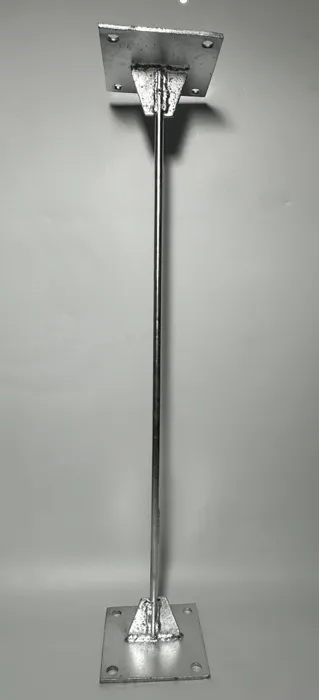loading...
- No. 9, Xingyuan South Street, Dongwaihuan Road, Zaoqiang County, Hengshui, Hebei, China
- admin@zjcomposites.com
- +86 15097380338
- Welcome to visit our website!
Innovative Floor Grating Panel Solutions for Enhanced Safety and Aesthetics
The Advantages of Floor Grating Panels
Floor grating panels, also known as grating flooring or floor grids, are an essential component in various industrial, commercial, and architectural applications. These panels are typically composed of metal or plastic and are designed to provide a strong, durable surface while allowing for ventilation, drainage, and visibility beneath the surface. Their unique design features an open grid structure that can offer numerous advantages, making them a popular choice for many different environments.
One of the primary benefits of floor grating panels is their ability to promote airflow and prevent the accumulation of debris. In environments where moisture and spills are common, such as industrial settings, the open design allows liquids to drain away quickly, reducing the risk of slips and falls. This property is particularly important in areas where safety is a top priority, such as factories, warehouses, and food processing plants. By maintaining a clean, dry surface, employers can help to minimize accidents and create a safer work environment.
Another significant advantage of using floor grating panels is their lightweight yet robust construction. Made from materials like aluminum, fiberglass, or steel, these panels are designed to withstand heavy loads while being easy to install and maintain. The strength-to-weight ratio of grating panels means that they can support industrial machinery and personnel without excessive strain on supporting structures. Additionally, their lightweight nature results in lower shipping costs and easier handling during installation, reducing labor costs and project timelines.
floor grating panels

Floor grating panels are also highly versatile and can be customized to meet the specific needs of different applications. They come in various sizes, load capacities, and material types, allowing for tailored solutions in diverse settings. For instance, fiberglass grating panels are often used in corrosive environments, while steel panels are well-suited for heavy industrial applications. This versatility makes them ideal for use in a range of industries, including manufacturing, construction, oil and gas, and wastewater treatment.
Furthermore, the aesthetic appeal of floor grating panels should not be overlooked. In architectural applications, particularly in commercial buildings, the use of decorative grating can enhance visual appeal while still providing functionality. Designers can select from various colors and patterns, allowing for creative expressions that align with the overall design vision. This characteristic makes them popular not just in utilitarian applications but also in bars, restaurants, and even residential settings where unique flooring solutions are desired.
Finally, environmental sustainability is a growing concern across industries, and floor grating panels can be part of the solution. Many manufacturers produce panels using recycled materials, and their longevity means they require less frequent replacement. Moreover, the ability to allow water and light to permeate through the flooring contributes to energy efficiency and environmental stewardship, especially in landscaping or outdoor decking designs.
In conclusion, floor grating panels are a practical and versatile solution for a variety of applications across many industries. Their design promotes safety, supports heavy loads, and can be customized to meet specific needs while enhancing aesthetic appeal. As businesses continue to prioritize safety, efficiency, and sustainability, floor grating panels will remain an integral component of effective design and operational strategy. Whether in industrial settings or commercial spaces, their numerous advantages make them a choice worth considering for any organization looking to improve functionality and safety in their environment.
-
Premium FRP Handrail for All ApplicationsNewsAug.29,2025
-
Low Maintenance FRP Mini Mesh Grating ProductsNewsAug.29,2025
-
Innovative FRP Square Tubes for Modern Industrial SolutionsNewsAug.29,2025
-
FRP Water Storage Tanks Wholesale Solutions for Bulk BuyersNewsAug.29,2025
-
FRP Molded Grating Solutions for Diverse Industrial ApplicationsNewsAug.29,2025
-
Construction Advancements Through FRP Pultruded ProfilesNewsAug.29,2025
-
Why Choose FRP Railings, Guardrails, and Handrail Systems?NewsAug.29,2025
